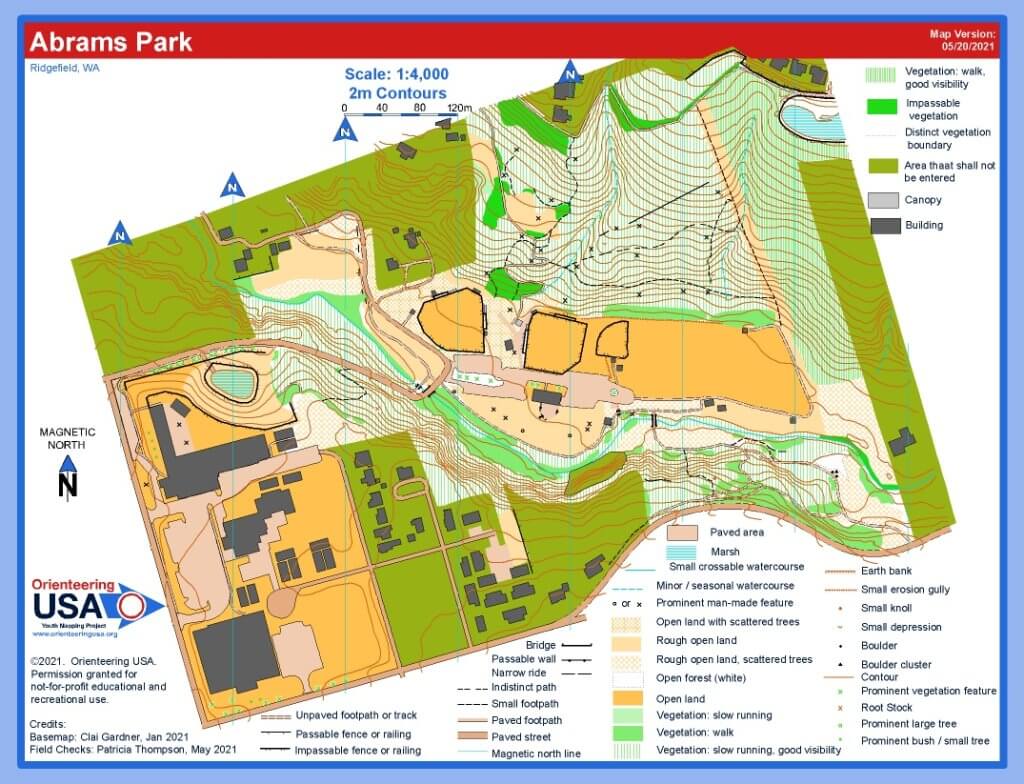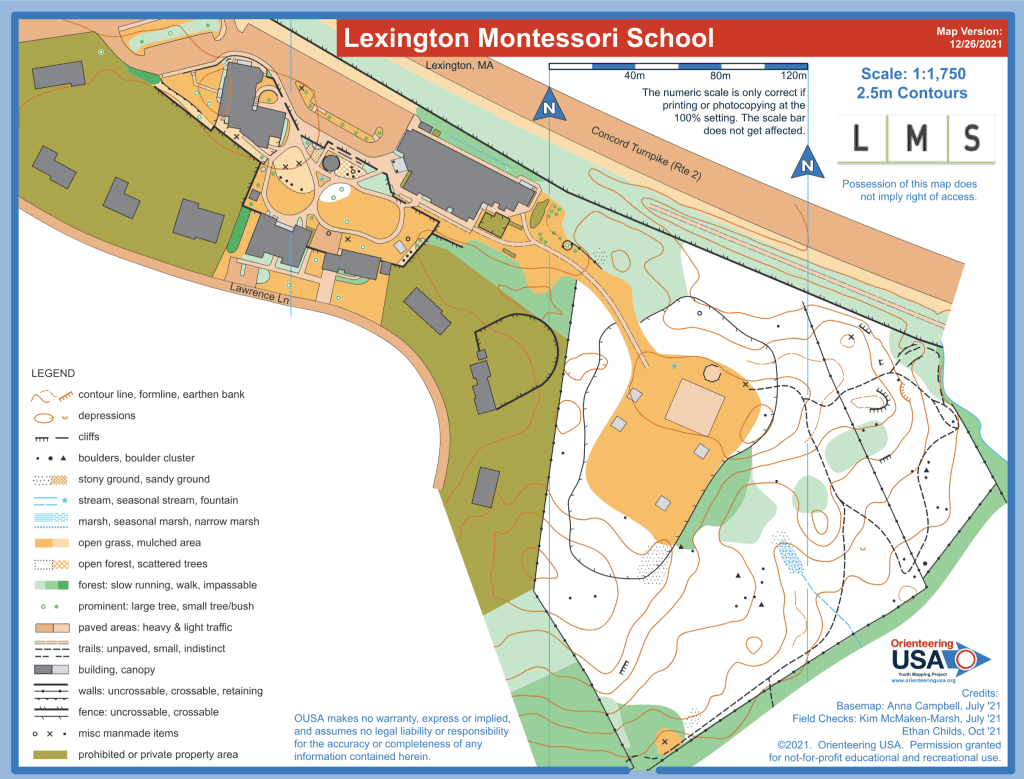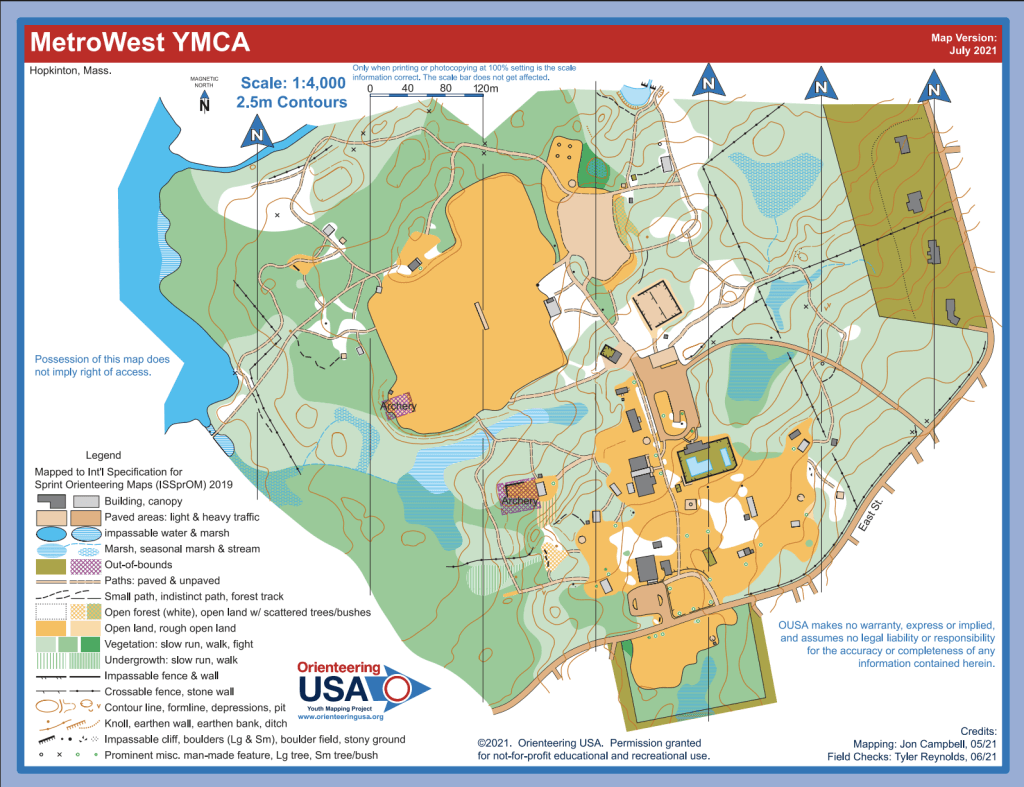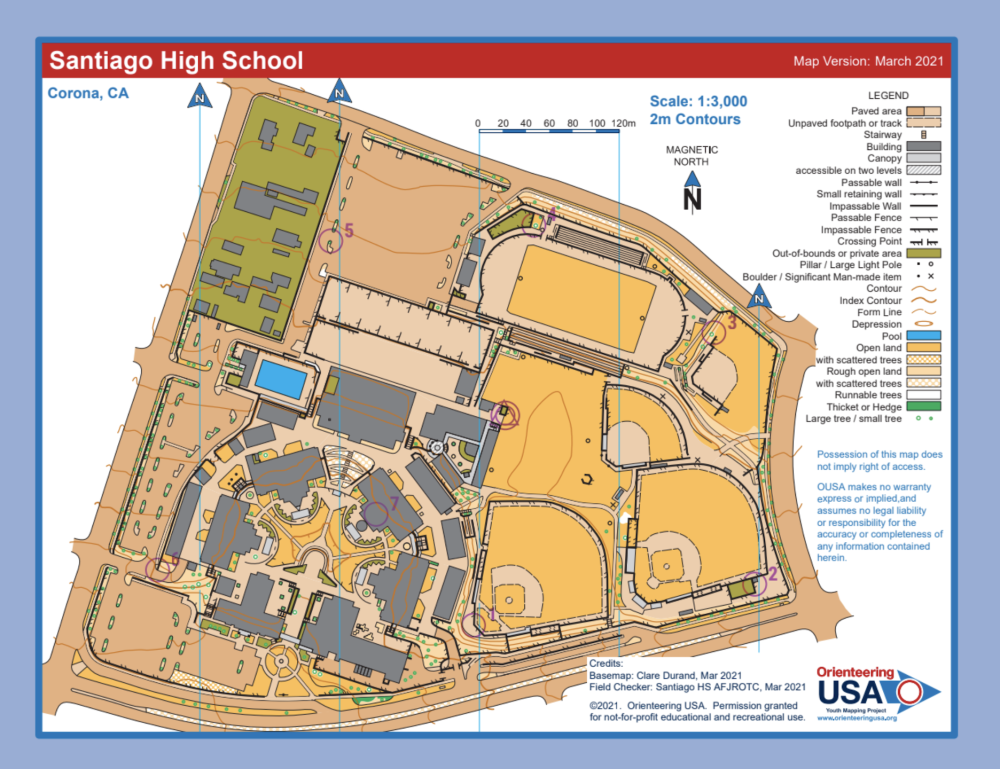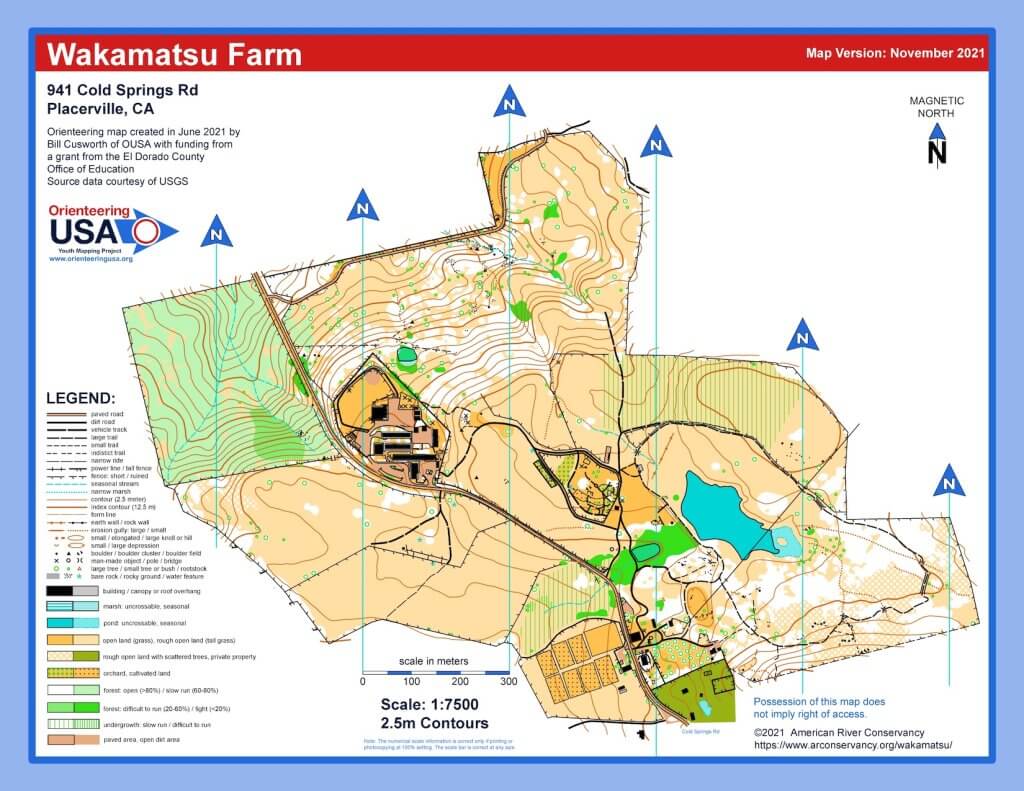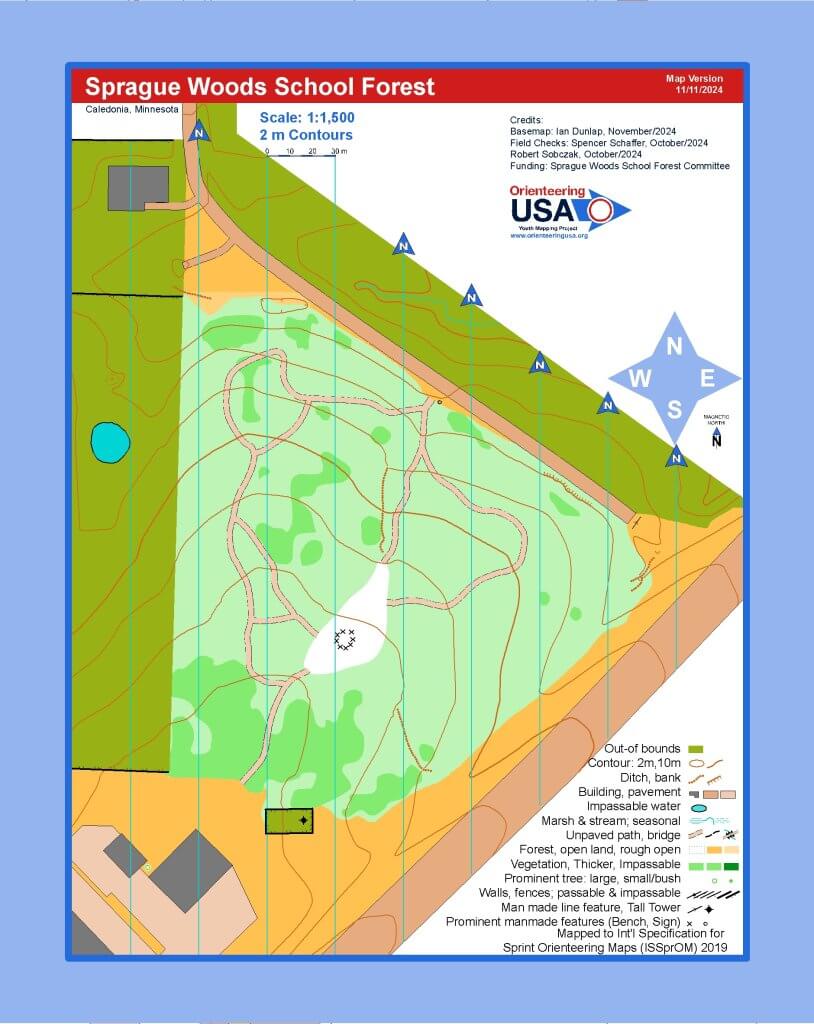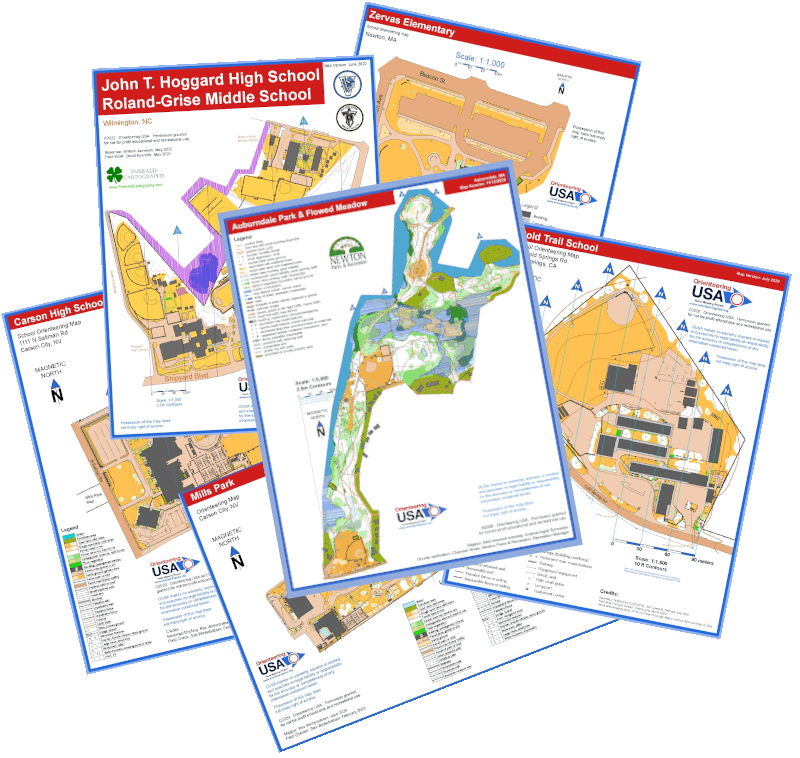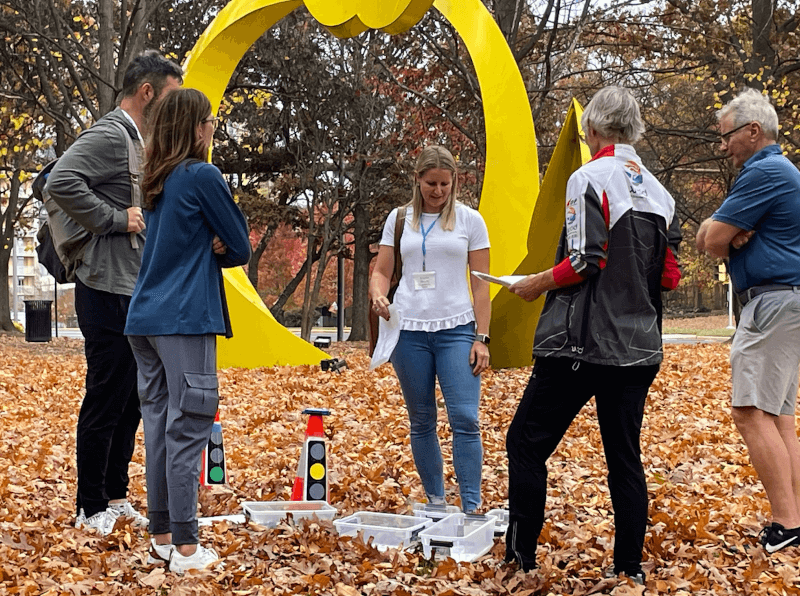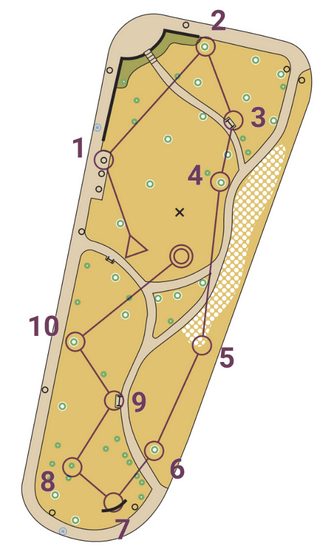YMP June Map of the Month

The Youth Mapping Program June Map of the Month is Fisher Hill Reservoir Park in Brookline, MA. This map was created in 2024 to teach students to identify landmarks and properly orient themselves, which has led to planning future orienteering activities!
Interested in having a map made of your school? Learn more about the program and apply here.

